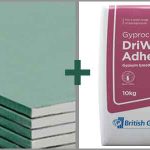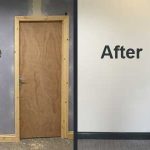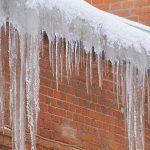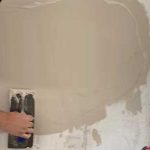Plastering involves working with a wide range of surfaces. In this article, we are going to look at whether it’s possible to skim over moisture-resistant plasterboard.
Moisture resistant plasterboard looks similar to standard plasterboard. But it is green in colour and has been manufactured for use in certain areas. As a result, you might need to consider how you plaster these boards to achieve a good finish.
It is possible to skim over moisture resistant plasterboard. However, it is not recommended by the manufacturer as the best option, unless it is explicitly required.
Moisture resistant board is different to standard plasterboard, as it has less suction. Due to the different properties, you’ll need to carry out prep work before you apply plaster to this type of board.
How do you skim over moisture resistant plasterboard?
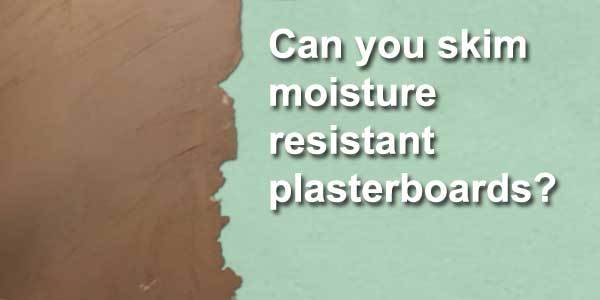
Moisture resistant plasterboards are manufactured with different materials and additives, which makes them different to standard plasterboards. Therefore, it is not recommended that you apply plaster straight onto the surface of the board.
For plaster to bond, it needs a key. This will enable the plaster to grip the surface, helping it to remain in place.
To ensure that your plaster sticks to the board, it’s necessary to carry out the right prep work. The manufacturer recommends a coat of Thistle Bond-it should be applied. This can be done using a roller to create a chemical key. The product contains grit which helps to improve mechanical bonding. Once the bonding agent has dried, you can then plaster over it.
What makes moisture boards different to standard boards?
Most areas of a property can be boarded using standard plasterboards. But moisture resistant plasterboards are suitable for rooms with high levels of moisture.
Standard plasterboards absorb moisture, but moisture resistant boards will repel it. This is why they are more suitable in certain parts of a property.
Moisture boards have water repellent additives within the core and the paper. As a result, they won’t absorb moisture like standard plasterboards. Due to the design, there is little or no suction. This means the plaster is unable to bond to the surface and is the reason you need to prep the surface before skimming.
If you choose to plaster straight on to the board, then the plaster will not bond. Due to this, it is very likely that it will fall away from the wall.
Where are moisture-resistant boards commonly used?
Standard plasterboards can absorb moisture rapidly, causing them to weaken and soften. This means that you shouldn’t use them in areas with high levels of moisture. In areas that are exposed to moisture, such as kitchens and bathrooms, you should use moisture resistant boards.
In some cases, you might not need to use moisture resistant boards. For example, if you are tiling the walls completely. In this instance, you may still use standard plasterboard, but you must make sure you tape the joints and prime the boards before you tile.
However, if you are tiling around a bath or inside a shower the walls will be exposed to a lot of water, so they’ll need to be prepared correctly. Water can penetrate cement proof grout which could lead to problems. So, you will need to tank the walls before you tile over them.
One thing to consider is that moisture resistant boards are not entirely waterproof. They are water resistant. Therefore, you should not install them in areas that are continuously exposed to damp or moist conditions.
Conclusion
In conclusion, you can plaster over moisture resistant boards. While it might not be common, with the correct prep work, it’s possible to achieve a good finish.
As always, taking the time to prep the walls or ceilings will ensure a good finish and will prevent any problems in the future.
To find out if you can dot and dab moisture resistant plasterboards click here

